Hidden New York: Getaways to Enjoy without Leaving Town
Sure, it’s cold outside but outdoor walks in parks and even beaches in bracing winter weather can be invigorating and remind you that spring may not be as far away as you think
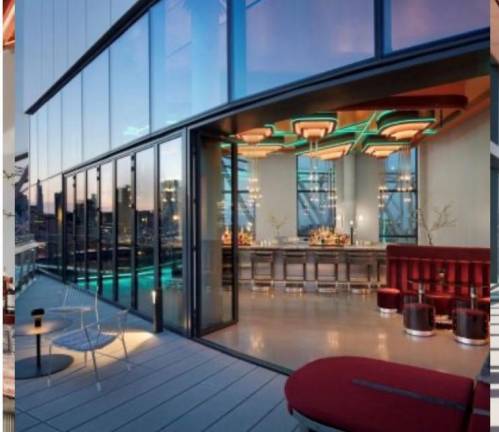
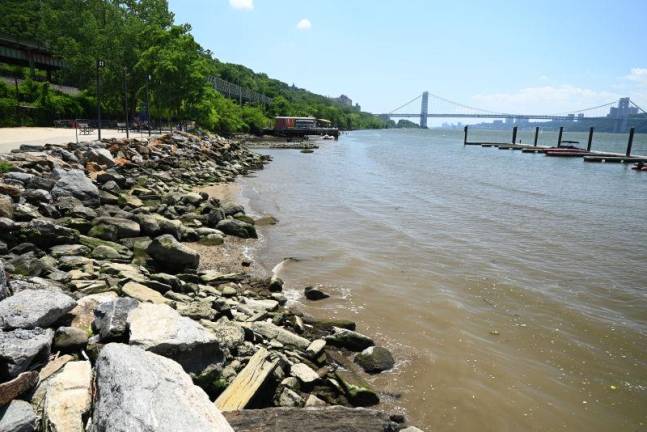
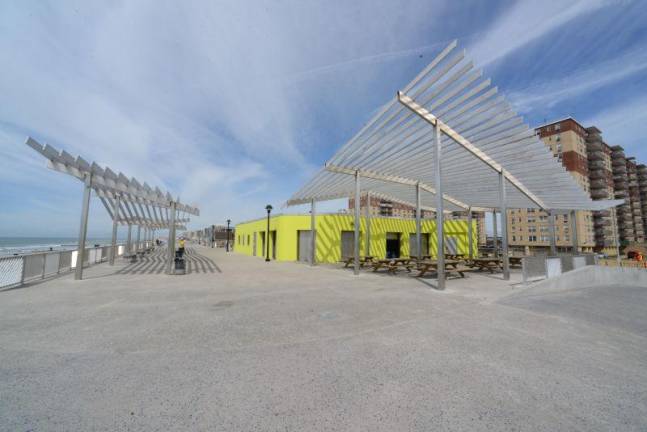
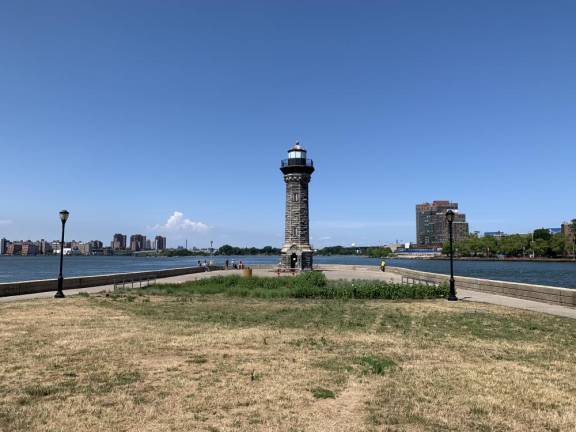
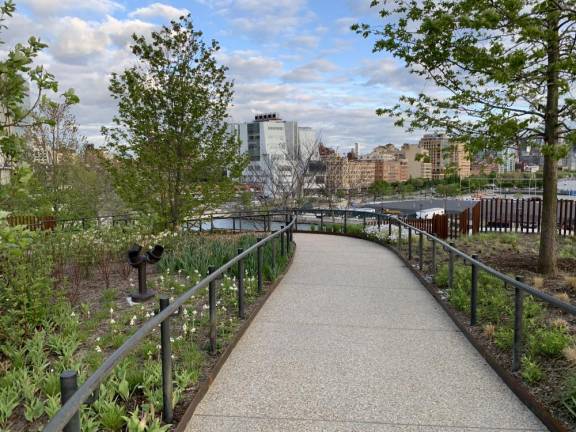
It’s January. The Holidays are over, 2022 is a memory, swimwear fashion and beach activities are a few months away and the skies tend to be gray. But there is still plenty of getaways to take without ever living the city.
Here to help you survive the craziness for the next few months is a short location listing to help you stay sane, in relative silences within the city. Do understand that they are, for the most part, outdoor spaces—dress warmly and make sure there is no precipitation predicted. Be mindful of cooler temperatures when it gets dark. The best part? Most are free and all are reachable by public transportation. To enhance the experience, bring a friend or two along.
Inwood Hill Park
You want old? This park with ancient, prehistoric roots, has caves, hills and valleys, all due to shifting glaciers. A 17-acre forest and a salt marsh belie the fact that just 14 miles south is the financial heart of our Nation. Discovery of usage by Lenape Native Americans and occupation by colonists from Europe starting in the 1600s make this one of the oldest occupied sites in Manhattan, There are hills to walk up into the forest if you’d like, or gentle paths that hug the Hudson and Harlem Rivers. At the northernmost part of Manhattan, you can stand near where the Harlem River splits from the Hudson. Listen for the waters churning, and not much else.
Fort Tryon Park
On the other side of Dyckman, lies the Cloisters and Ft. Tryon Park, again, a remarkable resource, this time on the hill, instead of by the river. Eight miles of paths dot the park, and provide excellent river and land views in the park, which was opened in 1935. Its 67 acres provide a wonderful area to walk, chat, contemplate, sip a warm beverage on a cool day, and remind you of how not every part of this Island is 24/7.
Corbin Circle, at the south entrance to the park, provides easy access from either the #4 bus or take the elevator upstairs at the 190th Street “A” train station. Unlike Dyckman Street, a long walk up or down from Ft. Tryon Park, dining and drinking choices are few in the neighborhood. Best to provide your own food before arriving here.
Pier 86
Once on the pier, you can sit below fabled piece of 20th Century technology and glimpse at the parade of water vessels gliding by, most of them effortlessly and scarily silent. Sit under its enormous wing as you munch on your egg on a roll and sip your coffee, Aircraft G-BOAD, your roof, so to speak, was loaned by British Airways to the Intrepid Sea, Air & Space Museum. Pier access, free during Museum hours, can be obtained by going to the Intrepid Welcome Center and asking for a complimentary pier pass between 10am-4pm. As a perk, not only are you able to access the pier, but also an exhibit called “A View From the Deep”, about the resident USS Growler submarine next to the exhibit (not included with the pier pass).
Nearby the Pier on 10th and 11th Avenues are take-out and sit-down places for food and drink. Crosstown bus service is available to 42nd and 12th Avenues, and connect with subway stations across Manhattan.
Little Island
Between 1910 and 1935, the then-Pier 54 was the NYC home of the British Cunard-White Star line, a point of departure and return for trans-Atlantic ocean liner voyages. It was a gateway for survivors of the Titanic, who arrived there on the RMS Carpathia rescue liner and also the last departure point for the doomed Lusitania in 1915. The steel archway at the south entrance is the last remains from the Cunard-White Star pier. Little used for a long time after the steamship business vanished, the pier became part of the newly-formed Hudson River Park in 1998, a venue for summer events and concert series. After Hurricane Sandy in 2012, billionaire Barry Diller saved what was left of the ravaged pier and transformed it as an immersive experience with nature and art that opened in May 2021.
And now, in the Winter months, with fewer tourists, this is ours. Pack up food from nearby Chelsea Market, explore the three different observation decks, each with steps and ramps to accommodate everyone. Look at the architectural supports that elevate the structure above the water and enjoy the quiet facing Lower Manhattan and the Hudson River. Open from 6AM until 9PM until March.
There are restrooms maintained by Little Island, and crosstown buses, which connect to every subway line that stops on 14th Street.
Battery Park
When Giovanni da Verrazzano sailed to the New World his first description of New York Harbor and future Battery described “a very agreeable site located between two hills between which flowed to the sea a very great river.” He may not have been a New Yorker, but he just knew it was going to be an important location. Battery Park has been a destination for walking and contemplation since 1790. Castle Clinton, in the Park, was established as a military fort in 1811, built on landfill. Decommissioned in 1823, it served a number of purposes thereafter. For 35 years until 1892, it was a center of Immigration, for 8 million people, including Nikola Tesla, Harry Houdini, Emma Goldman, and Joseph Pulitzer. It’s now a stadium, but looking at it close-up, the history becomes very real in an instant.
Today, the Battery’s 25 acres encompasses many paths to trod while glancing at the 20 statues embedded. You can imagine what the harbor was like under the Dutch Flag so many years ago as you stroll. At thus time of year, there’s a lot of calm and quiet, perfect for a walk,
Reachable by subway and bus, you can extend your idyll by taking a ride on the nearby (and free) Staten Island Ferry.
Rockaway Park
Let’s face it; although Manhattan has roughly the same population as Dallas Texas, we have about 6½ percent of it’s square mileage. A majority of us travel on buses or subways where personal space is always at a premium. One place we can reach easily without spending a lot of money and with room to spare can be found on Rockaway Beach. As the punk rock band The Ramones sang, “It’s not hard, not far to reach/We can hitch a ride To Rockaway Beach.”
Since the first one started in 1642 between Brooklyn and Manhattan, NYC ferries have offered space, a sense of destination, and even some elbow room. Five years ago, New York City had its first ferry boats running from Wall Street’s Pier 11, on the East River, to Beach Channel and Beach 108th Streets in Rockaway. The A Train reaches that part of the city, trundling across Jamaica Bay. Now, NYC Ferry, operated offers a one way, 57-minute trip that cannot be beat, perhaps the best travel experience in the City. For $4, you can sit on the enclosed lower deck and grab a snack and/or a beverage. If the weather is right, and it’s not too windy, sit on the open upper deck, and just stare at everything on the way, from the Manhattan skyline to the islands south of Staten Island, now abandoned islands on the East River, upper AND lower New York Bay, Broad Channel, and Jamaica Bay.
The Boardwalk that extends five and a half miles in total, parallel to the Atlantic Ocean.
When the ferry docks, there are free shuttle buses stopping at places heading west to Jacob Reis Park, and east to Beach 35th Street, At these stops? interesting dining places and shopping. If you have not had this experience, it is well worth it.
Roosevelt Island’s North End
Formerly known as Welfare Island, this two-mile long, narrow spit of land is nestled in the middle of the East River had been a collection of hospitals and little else. It was renamed after President Franklin Roosevelt in 1973 and is now home to over 11,000 people. Despite the influx, not every part of the Island is filled with high-rises; at the south end lies the Louis Kahn–designed Franklin D. Roosevelt Four Freedoms Park; at the north end, the more obscure Blackwell Island Light. It is a 50-foot Gothic style lighthouse, built by convict labor on the island’s northern tip in 1872. The lighthouse, named after the islands’ original name, still stands, after being restored in 2006.
At the tip of Lighthouse Park, reachable by a circulating, free, scheduled Roosevelt Island bus from the centrally-located subway station and Roosevelt Island Tramway terminal, the location is astounding, with Queens and Manhattan viewable from the same vantage point. The calmness here is astonishing. If you want to slip indoors to watch the sun go down on your way back, the Panorama Room on the 18th floor atop the Graduate Hotel offers stunning 360 degree views of NYC. It’s open from 5 pm to midnight.
Both the F subway train and the Tram from 59th and Second Avenue travel here from Manhattan, as does NYC Ferry from the Wall Street Pier. While there is no food available near the Lighthouse, many dining choices are near the center of the Island.